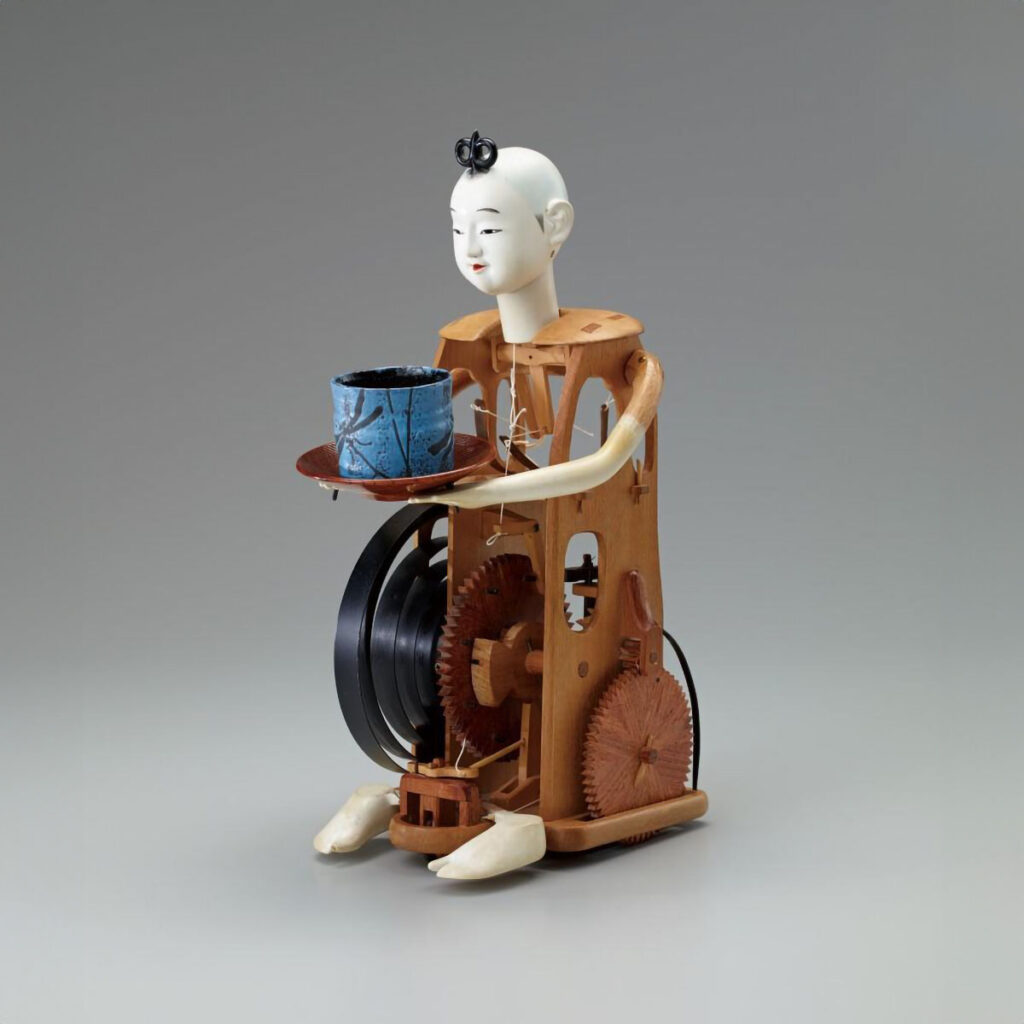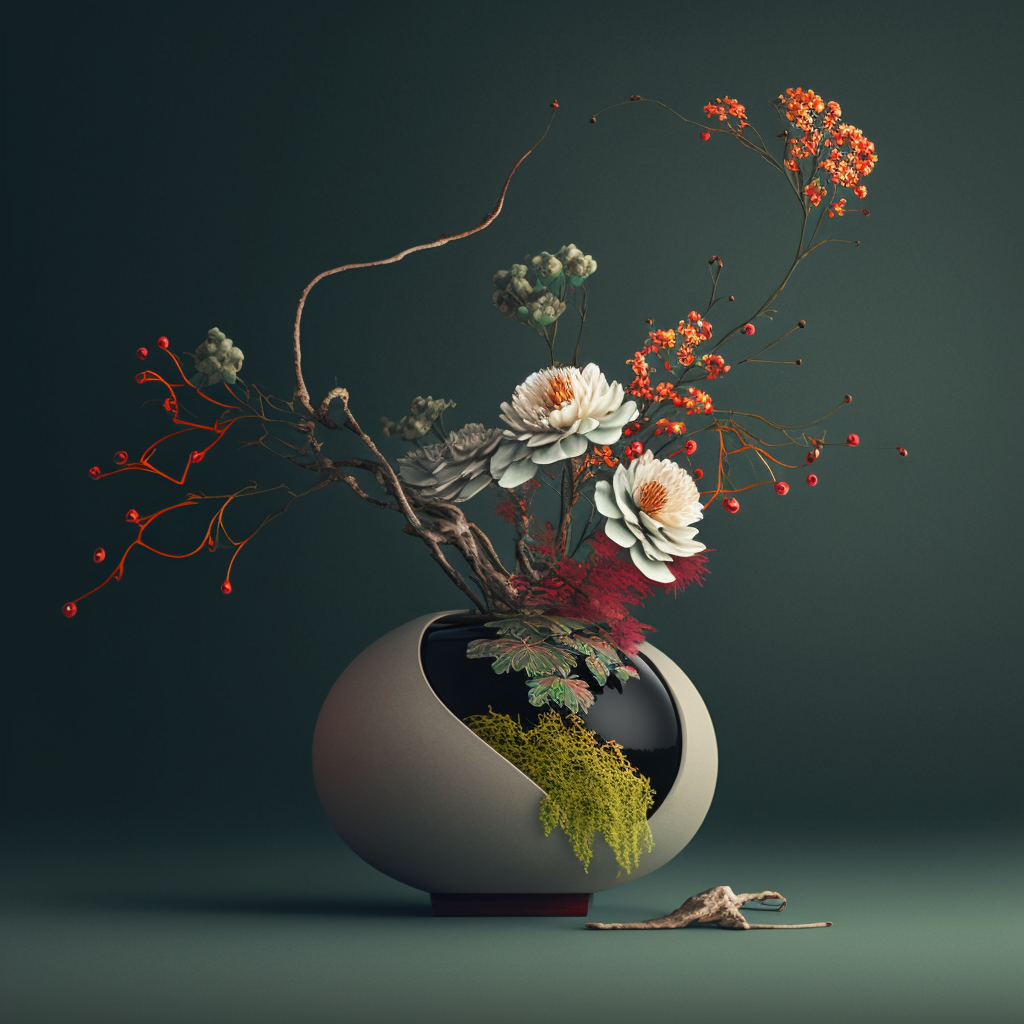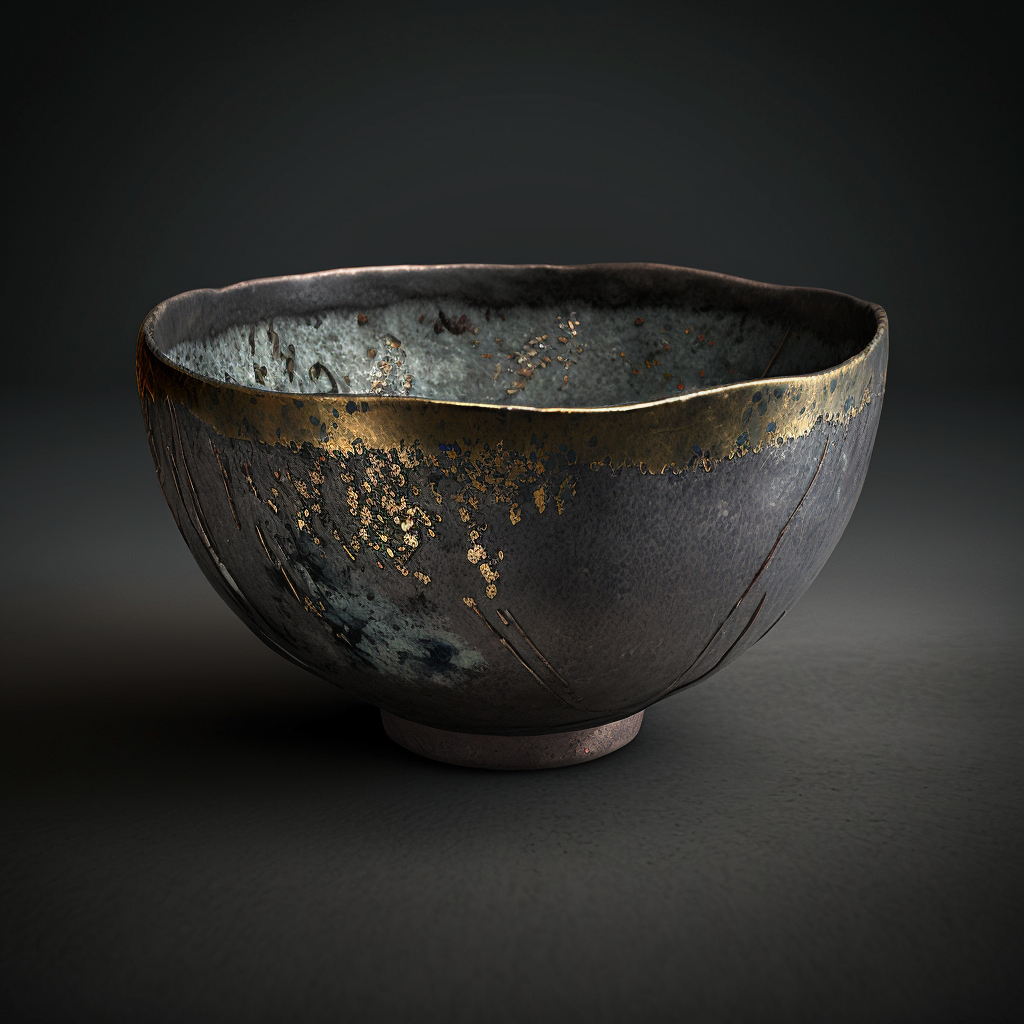Karakuri Ningyō, or mechanical dolls, represent a fascinating part of traditional Japanese engineering. These animated works of art have a rich history. They are the result of a harmonious combination of aesthetics, mechanics and Japanese culture. In this article, we will explore the origin, evolution and cultural impact of these unique creations.
Historical origins of the Karakuri Ningyō
Karakuri Ningyō dates back to the Edo period (1603-1868) in Japan. This period is characterized by internal peace and political stability. These mechanical dolls emerged as attractions within palaces, temples and festivals. Their sophisticated design reflects the artisanal precision and ingenuity of the artisans of the time.
Crafts and mechanics
Creating a Karakuri Ningyō is a meticulous process. The latter involves various traditional Japanese crafts. For example: woodworking, sculpture, lacquer and mechanics. The artisans are often called “Karakuri-shi”. They skillfully combine these skills to bring these mechanical creations to life.
The dolls’ internal mechanisms may be powered by weights, springs, or other ingenious devices. Some Karakuri Ningyō are capable of complex movements such as walking, dancing, and even performing simple tasks like pouring tea. These automatons were often used to entertain the nobility and high society of the time.
Types of Karakuri Ningyō
There are several categories of Karakuri Ningyō, each with its own distinctive characteristics. “Zashiki Karakuri” are living room dolls that perform basic tasks in a domestic setting. “Dashi Karakuri” are dolls used during festivals and celebrations, often incorporated into decorative floats.
“Karakuri Karuta” are dolls used in mechanized card games, while “Karakuri Yagura” are larger mechanical structures built into towers or buildings. Each of these types of mechanical dolls offers a unique experience, ranging from fun to demonstrating technical prowess.
Cultural heritage
The Karakuri Ningyō were much more than a simple mechanical curiosity. They helped strengthen the connection between crafts, culture and creativity in Japan. These automatons also played a role in preserving artistic and craft traditions, providing a showcase for the skills and ingenuity of Japanese artisans.
Today, although modern technology has eclipsed the popularity of Karakuri Ningyō, these mechanical dolls continue to inspire artists, engineers and history buffs. Exhibitions dedicated to Karakuri Ningyō allow visitors to delve into the captivating world of these unique creations, offering a renewed appreciation for Japan’s artisanal ingenuity.
Karakuri Ningyō are much more than mechanical dolls; they are living witnesses of Japanese history and creativity. Their legacy endures, reminding the world of Japan’s exceptional ability to marry artistic beauty and mechanical function with unrivaled mastery.



